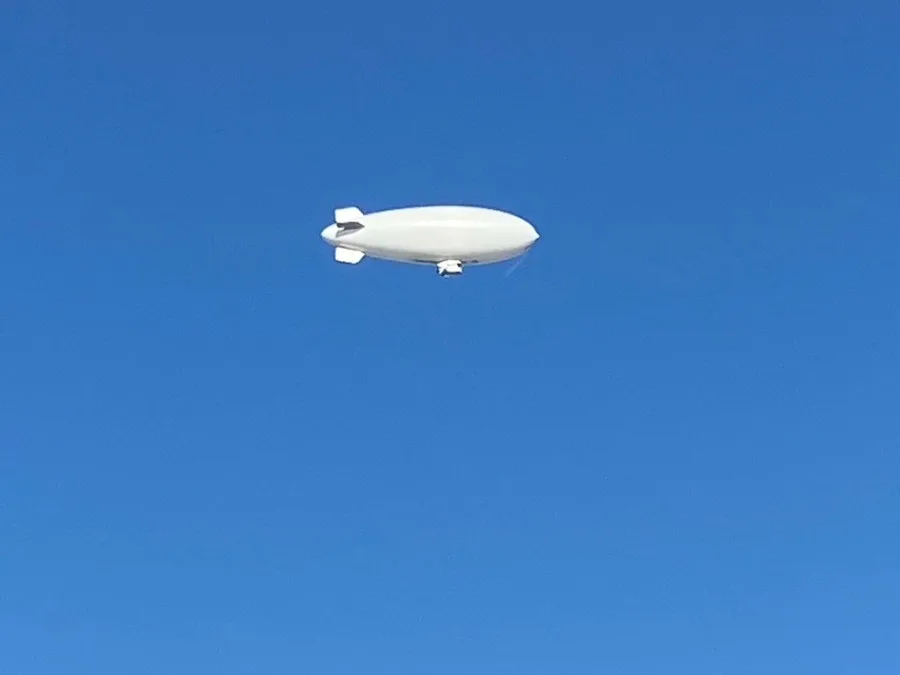Now Reading: Remembering Felix Baumgartner’s Space-Edge Jump That Redefined Human Limits
-
01
Remembering Felix Baumgartner’s Space-Edge Jump That Redefined Human Limits
Remembering Felix Baumgartner’s Space-Edge Jump That Redefined Human Limits

Back in 2012, Felix Baumgartner made history by jumping from the edge of space—literally. His free fall from 39 km above Earth wasn’t just a stunt; it pushed the boundaries of science, human courage, and physical endurance. Over a decade later, the world still looks back at that moment as a symbol of what humans can achieve when they combine technology with fearless ambition.
The Jump That Made the World Watch
On October 14, 2012, Austrian skydiver Felix Baumgartner ascended in a specially designed capsule attached to a helium balloon. At an altitude of 39,000 metres, he stepped off into the stratosphere and began his descent. For 4 minutes and 20 seconds, he was in free fall—before opening his parachute safely.
He broke the sound barrier during the fall, becoming the first person to do so without a machine.
Not Just Daredevilry—It Was Science
While it may have looked like a one-man stunt, Baumgartner’s jump was backed by years of planning and scientific input. The mission, called Red Bull Stratos, aimed to explore how extreme altitude affects the human body. The data collected helped improve safety protocols for astronauts and high-altitude pilots.
It was also a test of new pressure suits, communication systems, and emergency procedures.
Why This Moment Still Matters
For many, especially young students and science enthusiasts, that jump became a moment of inspiration. It showed how far we can go when human bravery meets engineering excellence. The visuals of Baumgartner standing at the edge of Earth before his leap became an iconic image of modern exploration.
In Tier 2 and Tier 3 cities across India, this story has quietly inspired a generation interested in aerospace and science careers.
A Legacy That Lives On
More than a decade later, Felix’s jump still holds value—not just as a record-breaking feat, but as a reminder of how high humans can aim. It brought space closer to public imagination and proved that exploration isn’t limited to astronauts in rockets.
As space tourism and edge-of-space missions grow, that 2012 jump remains a milestone we continue to build on.

























